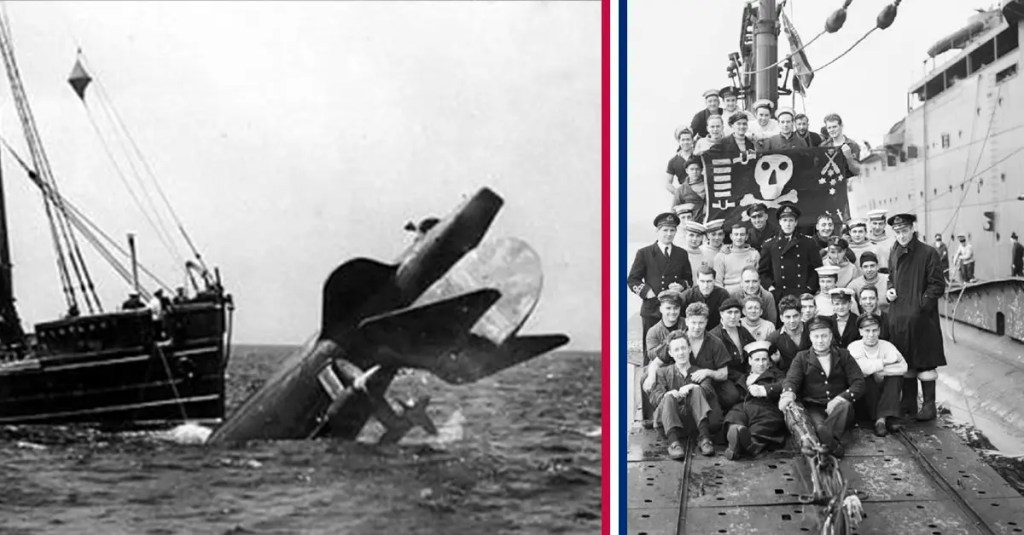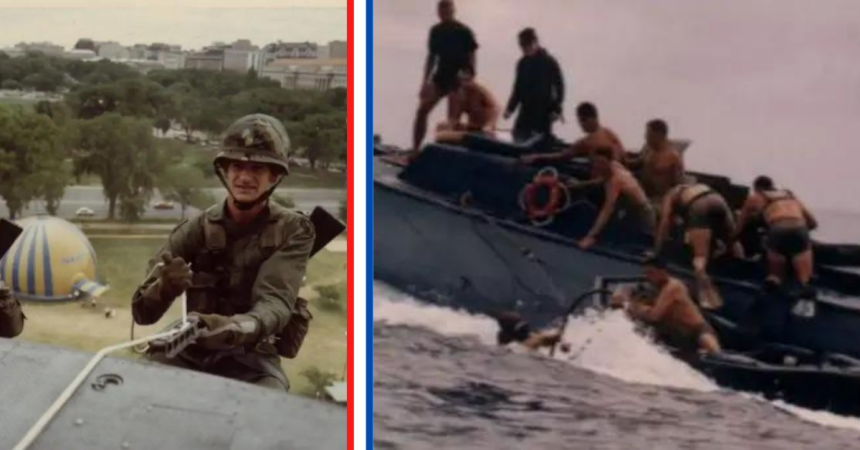The HMS Thunderbolt was lost in combat on March 14, 1943, after a short but successful World War II career that saw it sink multiple Italian vessels, which might have been surprising to some since the submarine had actually sank three years prior in 1940 with a loss of nearly all hands.

That’s because the HMS Thunderbolt was once the HMS Thetis, or, more properly, it was almost the HMS Thetis. It was a submarine launched in 1938 as part of the interwar buildup of arms. The submarine was scheduled to become the HMS Thetis when it was commissioned.
But the planned commissioning didn’t happen. As the submarine went through its sea trials, a tragic accident occurred. Most torpedo tubes, then and now, work using two doors. One door opens to the sea when a torpedo is launched, one door opens into the sub when the crew needs to load a new torpedo. The best subs have mechanisms that make it physically impossible to open one door if the other isn’t closed.
But the N25 had an indicator instead, that was supposed to tell the crew the outer door was open so they wouldn’t open the inner door. But the indicator was really just a small hole in the door that would spurt water if the tube was flooded, and a painter had accidentally filled the small hole in.
During a dive on June 1, 1939, this resulted in the inner door being opened while the outer door was also open. The crew was able to seal a bulkhead after significant flooding, but the boat was filled with 53 members of the defense industry and public, and air was already in short supply in the flooded sub.
The crew managed to raise themselves back to the surface for a short period, and four crewmembers escaped, but it crashed back to the seafloor, and 99 people were killed.
But the almost-HMS Thetis was in shallow water, and divers were able to salvage the ship which was drained, dried, and repaired. After passing new sea trials, it was commissioned as the HMS Thunderbolt in 1940 and sent to the Atlantic.

The HMS Thunderbolt was successful, even though it seemed like it would be cursed. First, sailors don’t always like it when a vessel’s name is changed, an old superstition. And if any sub could be a ghost ship, the Thunderbolt was a top contender. Worse, Thunderbolt was, itself, an auspicious name for British vessels as two previous HMS Thunderbolts had been lost in crashes.
All of this likely weighed on the crew, especially when they saw the rust line on the walls of the sub from the original sinking. But it destroyed an Italian sub in the Atlantic on Dec. 15, 1940, and helped destroy an Italian light cruiser and a supply ship in early January 1943 in the Mediterranean.
But on March 14, 1943, the Thunderbolt attacked and doomed the transport Esterel, but caught the attention of the Italian cruiser Cicogna in the process. Cicogna was commanded by a former submarine officer, and he knew the adversary’s tactics and the local sea.

The Cicogna forced the Thunderbolt under and, when the British crew tried to resurface for air, spotted the boat’s periscope and hit it with depth charges, ending the ill-fated sub’s career and killing its crew, the second time the submarine was lost with all hands.
Interestingly, the HMS Thetis and Thunderbolt was not the only ship to serve in World War II that had already sank. Just before the Thetis sank, the USS Squalus sank during a test dive just months after it was commissioned. It was later raised and served as the USS Sailfish. And there were seven combat ships sank at Pearl Harbor that later saw service in World War II after salvage and repairs.


























